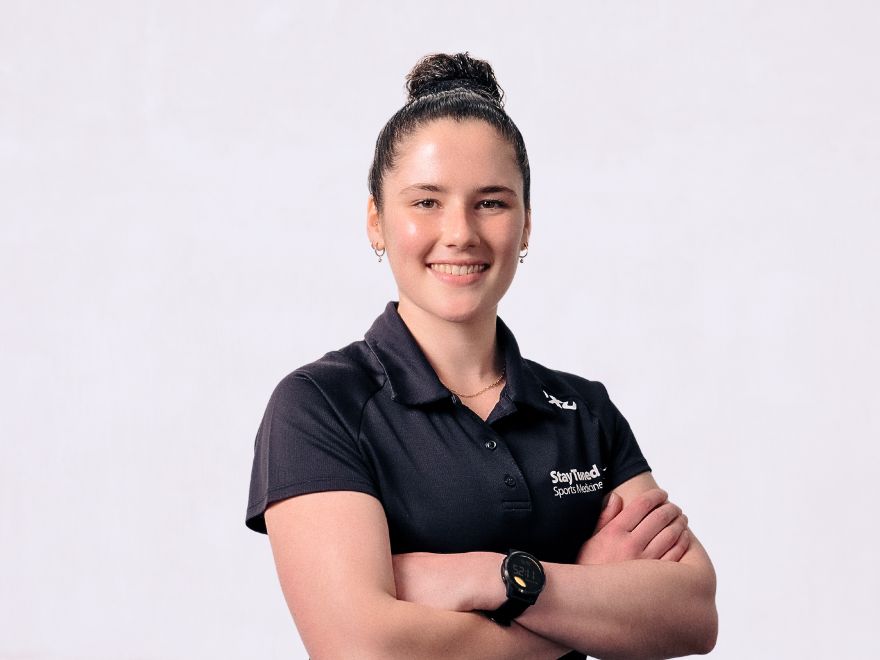For years, if you sprained an ankle or pulled a muscle, the go-to advice was RICE: Rest, Ice, Compression, and Elevation. But times have changed. A shift to a more effective approach called PEACE & LOVE is now happening across the allied health space. Backed by science, it helps your body heal more naturally and completely.
Let me walk you through why we’ve moved on from RICE – and why PEACE & LOVE makes more sense.
1. Why RICE doesn’t always work anymore
RICE was helpful in the past, especially for reducing swelling and pain right after an injury. But studies now show that too much rest can slow down healing, and icing or taking anti-inflammatories like ibuprofen may interfere with how your body naturally heals itself.
Inflammation isn’t always bad – it’s actually the body’s way of starting the healing process. Stopping it too early can delay recovery (Dubois & Esculier, 2019; Fousekis & Tsepis, 2021).
2. Meet PEACE & LOVE: A better way to recover
Researchers introduced PEACE & LOVE to guide recovery through every stage- right from the moment of injury through full recovery. It’s not just about treating pain, it’s about helping the whole body heal and stay strong.
PEACE (For the first few days after injury):
- P – Protect: Don’t push through pain. Let your body rest briefly, but don’t stay still for too long.
- E – Elevate: Raise the injured area above your heart to reduce swelling.
- A – Avoid Anti-inflammatories: Painkillers and ice might slow down healing. Use them carefully or skip them if you can. (Ensure you speak with a pharmacist or your GP)
- C – Compress: Wrap the area gently to support it and manage swelling.
- E – Educate: Learn about your injury. Understanding what’s happening helps you make better choices and avoid fear. This is a great time to seek help from an osteopath.
LOVE (For the days and weeks after injury):
- L – Load: Gradually add movement and strength training, only as much as your body can handle without too much pain.
- O – Optimism: Believe in your recovery! A positive mindset really does help you heal faster.
- V – Vascularisation: Gentle exercise, like walking or swimming, boosts blood flow and mood.
- E – Exercise: Rehab exercises are essential. They help restore strength, balance, and control.

3. Why this fits perfectly with osteopathy
This updated approach lines up with what osteopaths already believe: your body is built to heal, and it does best when we support its natural processes.
Here’s why we love PEACE & LOVE:
- It respects the body’s natural healing process instead of trying to shut it down too early.
- It encourages early, safe movement, so your muscles and joints don’t weaken.
- It puts you in charge of your recovery, through education and mindset, not just passive treatment.
4. Science Backs It Up
A 2019 article in the British Journal of Sports Medicine introduced this new model, and other recent studies support it. They found that people recover faster and better when inflammation isn’t stopped too early, and when exercise and education are part of rehab (Dubois & Esculier, 2019; Fousekis & Tsepis, 2021).
Another study showed that icing and rest, used too much, can slow down healing, especially in athletes and active people (Brassington et al., n.d.).
Summary
- RICE was a great start, but it’s not enough anymore.
- PEACE & LOVE gives your body what it really needs: rest when needed, smart movement, and support for your whole self, physically and mentally.
- As osteopaths, we love this model because it helps you heal better, not just faster.
If you’re recovering from an injury, talk to your osteopath or health professional about PEACE & LOVE. Your body will thank you.
Dr Emily Sandman
Osteopath & Group Exercise Rehab Instructor
E: Emily.Sandman@staytuned.com.au

References
Brassington, R., Lee, R., & Prosser, M. (n.d.). The efficacy of RICE therapy in treating exercise-induced muscle damage. ResearchGate. Retrieved from https://www.researchgate.net/publication/373359152
Dubois, B., & Esculier, J.-F. (2019). Soft-tissue injuries simply need PEACE and LOVE. British Journal of Sports Medicine, 54(2), 72–73. https://doi.org/10.1136/bjsports-2019-101253
Fousekis, K., & Tsepis, E. (2021). Minor soft tissue injuries may need PEACE in the acute phase, but moderate and severe injuries require CARE. Journal of Sports Science and Medicine, 20(4), 799–800. https://doi.org/10.52082/jssm.2021.799

